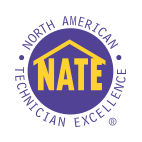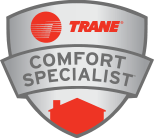Whenever you notice furnace air flow problems in your Salt Lake City home, you can usually do a little troubleshooting and solve the issue on your own. Most air flow problems can be fixed easily and quickly. Here are a few guidelines to get you started, but if you need help or notice other problems with your furnace, call a qualified Design Comfort heating technician.
Furnace Filters:
Checking the furnace filter is the first step you should take when there are any issues with your furnace, but especially with air flow problems. If a filter is dirty enough, the furnace will not come on at all. Ultimately, a clogged or dirty filter restricts the air flow, and this is the source of air flow problems ninety percent of the time.
Supply Registars and Cold Air Returns:
Once you’ve replaced or cleaned the filter, check your cold air returns, which are the vents that draw in the cold air in forced air systems. When a cold air return is blocked by furniture or other obstructions, they cannot draw in enough air to allow the furnace to put out an adequate amount of hot air. Make sure they are open if nothing is blocking them.
Next, check your supply registers, which are the vents that supply the warm air, and make sure they are open as well. Whenever your heat is on, all of your supply registers should be open. Closing some vents will not increase the air flow in other vents in the house. Closing off one or two in areas where heat is not always needed will not hurt your system; however, when you close too many supply registers, it can cause problems with the ductwork and eventually damage the furnace if the air pressure is not correct.
If you continue to experience air flow problems, call a certified heating technician at Design Comfort. There could be a more serious issue, or if you have a newer furnace, your original ductwork could be the wrong size for that furnace model.


